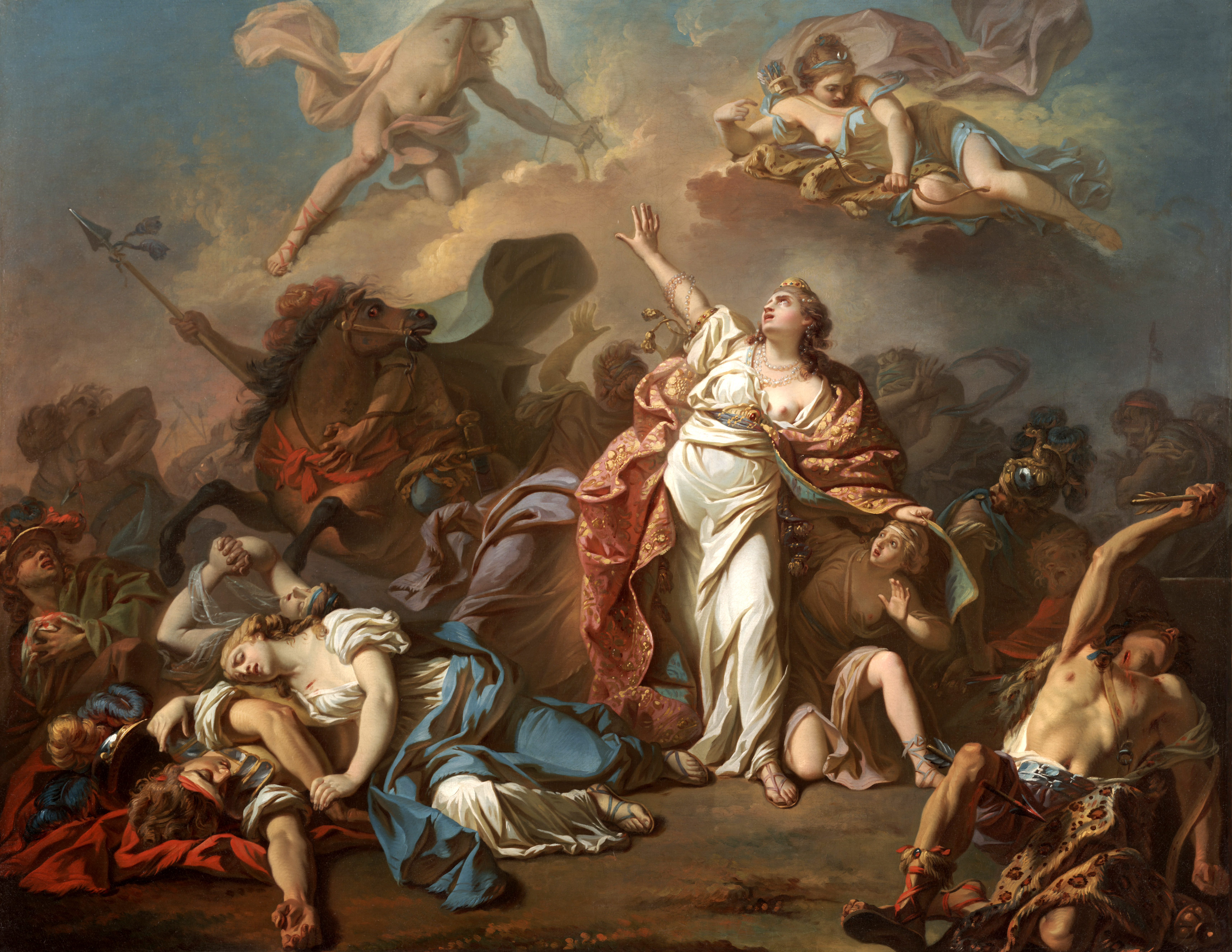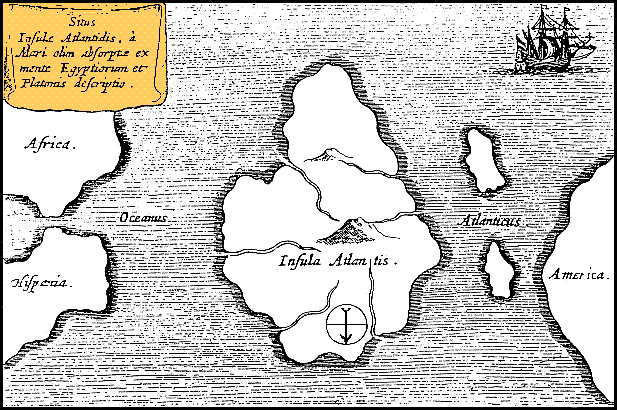|
Niobe (Argive)
In Greek mythology, Niobe ( grc, Νιόβη) was a daughter of Phoroneus and the mother by Zeus of Argus, who was the eponym of Argos and sometimes, Pelasgus. She is not to be confused with the more famous Niobe, who was punished for boasting that she had more children than Leto.. Notes References * Apollodorus, ''The Library'' with an English Translation by Sir James George Frazer, F.B.A., F.R.S. in 2 Volumes, Cambridge, MA, Harvard University Press; London, William Heinemann Ltd. 1921. ISBN 0-674-99135-4Online version at the Perseus Digital Library. *, '' |
Greek Mythology
A major branch of classical mythology, Greek mythology is the body of myths originally told by the Ancient Greece, ancient Greeks, and a genre of Ancient Greek folklore. These stories concern the Cosmogony, origin and Cosmology#Metaphysical cosmology, nature of the world, the lives and activities of List of Greek mythological figures, deities, Greek hero cult, heroes, and List of Greek mythological creatures, mythological creatures, and the origins and significance of the ancient Greeks' own cult (religious practice), cult and ritual practices. Modern scholars study the myths to shed light on the religious and political institutions of ancient Greece, and to better understand the nature of myth-making itself. The Greek myths were initially propagated in an oral tradition, oral-poetic tradition most likely by Minoan civilization, Minoan and Mycenaean Greece, Mycenaean singers starting in the 18th century BC; eventually the myths of the heroes of the Trojan War and its after ... [...More Info...] [...Related Items...] OR: [Wikipedia] [Google] [Baidu] |
Pelasgus
In Greek mythology, Pelasgus ( grc, Πελασγός, ''Pelasgós'' means "ancient") was the eponymous ancestor of the Pelasgians, the mythical inhabitants of Greece who established the worship of the Dodonaean Zeus, Hephaestus, the Cabeiri, and other divinities. In the different parts of the country once occupied by Pelasgians, there existed different traditions as to the origin and connection of Pelasgus. The Ancient Greece, ancient Greeks even used to believe that he was the first man. Inachid Pelasgoí of Argos : In Argos, Peloponnese, Argos, several King of Argos, Inachid kings were called Pelasgus: * Pelasgus, brother to Apis (Greek mythology), Apis both sons of Phoroneus, is said to have founded the city of Argos in Peloponnesus, to have taught the people agriculture, and to have received Demeter, on her wanderings, at Argos, where his tomb was shown in later times. * Pelasgus, son of Triopas of Argos, Triopas and Sois (mythology), Sois, and a brother of Iasus, Agenor, son ... [...More Info...] [...Related Items...] OR: [Wikipedia] [Google] [Baidu] |
Princesses In Greek Mythology
Princess is a regal rank and the feminine equivalent of prince (from Latin ''princeps'', meaning principal citizen). Most often, the term has been used for the consort of a prince, or for the daughter of a king or prince. Princess as a substantive title Some princesses are reigning monarchs of principalities. There have been fewer instances of reigning princesses than reigning princes, as most principalities excluded women from inheriting the throne. Examples of princesses regnant have included Constance of Antioch, princess regnant of Antioch in the 12th century. Since the President of France, an office for which women are eligible, is ''ex-officio'' a Co-Prince of Andorra, then Andorra could theoretically be jointly ruled by a princess. Princess as a courtesy title Descendants of monarchs For many centuries, the title "princess" was not regularly used for a monarch's daughter, who, in English, might simply be called "Lady". Old English had no female equivalent of "prince ... [...More Info...] [...Related Items...] OR: [Wikipedia] [Google] [Baidu] |
Ante-Nicene Period
Christianity in the ante-Nicene period was the time in Christian history up to the First Council of Nicaea. This article covers the period following the Apostolic Age of the first century, c. 100 AD, to Nicaea in 325 AD. The second and third centuries saw a sharp divorce of Christianity from its early roots. There was an explicit rejection of then-modern Judaism and Jewish culture by the end of the second century, with a growing body of ''adversus Judaeos'' literature. Fourth- and fifth-century Christianity experienced pressure from the government of the Roman Empire and developed strong episcopal and unifying structure. The ante-Nicene period was without such authority and was more diverse. Many variations in this era defy neat categorizations, as various forms of Christianity interacted in a complex fashion. One variation was proto-orthodoxy which became the international Great Church and in this period was defended by the Apostolic Fathers. This was the tradition of Pauline C ... [...More Info...] [...Related Items...] OR: [Wikipedia] [Google] [Baidu] |
Leto
In ancient Greek mythology and Ancient Greek religion, religion, Leto (; grc-gre, Λητώ , ''Lētṓ'', or , ''Lātṓ'' in Ancient Greek dialects#Provenance, Doric Greek) is a goddess and the mother of Apollo, the god of music, and Artemis, the goddess of the hunt.Hesiod, ''Theogony'404–409/ref> She is the daughter of the Titan (mythology), Titans Coeus and Phoebe (Titaness), Phoebe, and the sister of Asteria (Titaness), Asteria. In the Olympian scheme, the king of gods Zeus is the father of her twins, Apollo and Artemis, which Leto conceived after her hidden beauty accidentally caught the eye of Zeus. Classical Greek myths record little about Leto other than her pregnancy and search for a place where she could give birth to Apollo and Artemis, since Hera, the wife of Zeus, in her jealousy ordered all lands to shun her and deny her shelter. Hera is also usually the one to have sent the monstrous Python (mythology), Python, a giant serpent, against Leto to pursue and harm ... [...More Info...] [...Related Items...] OR: [Wikipedia] [Google] [Baidu] |
Niobe
In Greek mythology, Niobe (; grc-gre, Νιόβη ) was a daughter of Tantalus and of either Dione, the most frequently cited, or of Eurythemista or Euryanassa, the wife of Amphion and the sister of Pelops and Broteas. Her father was the ruler of a city located near Manisa in today's Aegean Turkey that was called "Tantalis" or "the city of Tantalus", or "Sipylus". The city was located at the foot of Mount Sipylus and its ruins were reported to be still visible at the beginning of the 1st century AD, although few traces remain today. Pliny reports that Tantalis was destroyed by an earthquake and the city of Sipylus (Magnesia ad Sipylum) was built in its place. Niobe's father is referred to as " Phrygian" and sometimes even as "King of Phrygia", although his city was located in the western extremity of Anatolia where Lydia was to emerge as a state before the beginning of the first millennium BC, and not in the traditional heartland of Phrygia, situated more inland. There are r ... [...More Info...] [...Related Items...] OR: [Wikipedia] [Google] [Baidu] |
Clementine Literature
Clementine literature (also called Clementina, Pseudo-Clementine Writings, Kerygmata Petrou, Clementine Romance) is the name given to the religious romance which purports to contain a record made by one Clement (whom the narrative identifies as both Pope Clement I, and Domitian's cousin Titus Flavius Clemens) of discourses involving the Apostle Peter, together with an account of the circumstances under which Clement came to be Peter's travelling companion, and of other details of Clement's family history. The author is sometimes called Pseudo-Clement (as distinct from Pope Clement I). Overview Two versions of this romance have survived: one version is called the ''Clementine Homilies'' (''H''), which consists of 20 books and exists in the original Greek; the other is called the ''Clementine Recognitions'' (''R''), for which the original Greek has been lost, but exists in a Latin translation made by Tyrannius Rufinus (died 410). Two later epitomes of the ''Homilies'' also exis ... [...More Info...] [...Related Items...] OR: [Wikipedia] [Google] [Baidu] |
Timaeus (dialogue)
''Timaeus'' (; grc-gre, Τίμαιος, Timaios, ) is one of Plato's dialogues, mostly in the form of long monologues given by Critias and Timaeus, written 360 BC. The work puts forward reasoning on the possible nature of the physical world and human beings and is followed by the dialogue ''Critias''. Participants in the dialogue include Socrates, Timaeus, Hermocrates, and Critias. Some scholars believe that it is not the Critias of the Thirty Tyrants who appears in this dialogue, but his grandfather, who is also named Critias. It has been suggested from some traditions (Diogenes Laertius (VIII 85) from Hermippus of Smyrna (3rd century BC) and Timon of Phlius ( 320 – 235 BC)) that ''Timaeus'' was influenced by a book about Pythagoras, written by Philolaus, although this assertion is generally considered false. Introduction The dialogue takes place the day after Socrates described his ideal state. In Plato's works, such a discussion occurs in the ''Republic''. Socrates fe ... [...More Info...] [...Related Items...] OR: [Wikipedia] [Google] [Baidu] |
Phoroneus
In Greek mythology, Phoroneus (; Ancient Greek: Φορωνεύς means 'bringer of a price') was a culture-hero of the Argolid, fire-bringer,law giver, and primordial king of Argos. Family Phoroneus was the son of the river god Inachus and either Melia, the Oceanid or Argia, the embodiment of the Argolid itself: "Inachus, son of Oceanus, begat Phoroneus by his sister Argia". He was said to have been married to Cinna, or Cerdo, a nymph, or Teledice (or Laodice) also a nymph, or Perimede, or first to Peitho and second to Europe, and to have fathered a number of children, some of whom are dealt with below; others include Apis, Car, Chthonia, Clymenus, Sparton, Lyrcus and Europs, an illegitimate son. An unnamed daughter of his is said to have consorted with Hecaterus and became the mother of the five Hecaterides, nymphs of the rustic dance. In Argive culture, Niobe is associated with Phoroneus, sometimes as his mother, sometimes as his daughter, or else, likely, as h ... [...More Info...] [...Related Items...] OR: [Wikipedia] [Google] [Baidu] |
Plato
Plato ( ; grc-gre, Πλάτων ; 428/427 or 424/423 – 348/347 BC) was a Greek philosopher born in Athens during the Classical period in Ancient Greece. He founded the Platonist school of thought and the Academy, the first institution of higher learning on the European continent. Along with his teacher, Socrates, and his student, Aristotle, Plato is a central figure in the history of Ancient Greek philosophy and the Western and Middle Eastern philosophies descended from it. He has also shaped religion and spirituality. The so-called neoplatonism of his interpreter Plotinus greatly influenced both Christianity (through Church Fathers such as Augustine) and Islamic philosophy (through e.g. Al-Farabi). In modern times, Friedrich Nietzsche diagnosed Western culture as growing in the shadow of Plato (famously calling Christianity "Platonism for the masses"), while Alfred North Whitehead famously said: "the safest general characterization of the European philosophical tra ... [...More Info...] [...Related Items...] OR: [Wikipedia] [Google] [Baidu] |
Bibliotheca (Pseudo-Apollodorus)
The ''Bibliotheca'' (Ancient Greek: grc, Βιβλιοθήκη, lit=Library, translit=Bibliothēkē, label=none), also known as the ''Bibliotheca'' of Pseudo-Apollodorus, is a compendium of Greek myths and heroic legends, arranged in three books, generally dated to the first or second century AD. The author was traditionally thought to be Apollodorus of Athens, but that attribution is now regarded as false, and so "Pseudo-" was added to Apollodorus. The ''Bibliotheca'' has been called "the most valuable mythographical work that has come down from ancient times." An epigram recorded by the important intellectual Patriarch Photius I of Constantinople expressed its purpose:Victim of its own suggestions, the epigraph, ironically, does not survive in the manuscripts. For the classic examples of epitomes and encyclopedias substituting in Christian hands for the literature of Classical Antiquity itself, see Isidore of Seville's ''Etymologiae'' and Martianus Capella. It has the follo ... [...More Info...] [...Related Items...] OR: [Wikipedia] [Google] [Baidu] |






